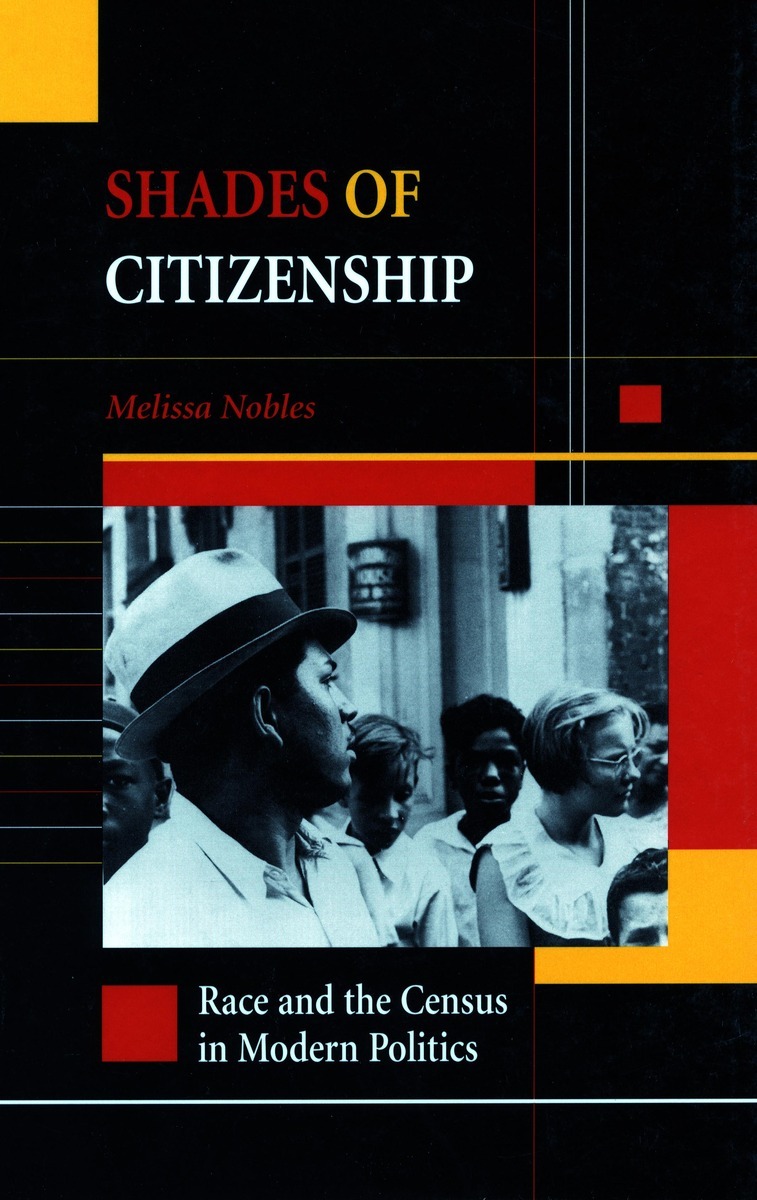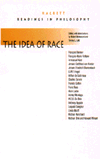Racial ambiguity among the Brazilian populationPosted in Articles, Brazil, Caribbean/Latin America, Media Archive, Social Science on 2010-01-05 18:32Z by Steven |
Racial ambiguity among the Brazilian population
Ethnic and Racial Studies
Volume 25, Issue 3 (May 2002)
pages 415-441
DOI: 10.1080/01419870252932133
Edward E. Telles, Professor of Sociology
Princeton University
I investigate the extent to which interviewers and respondents in a 1995 national survey consistently classify race in Brazil, overall and in particular contexts. Overall, classification as white, brown or black is consistent 79 per cent of the time. However, persons at the light end of the colour continuum tend to be consistently classified, whereas ambiguity is greater for those at the darker end. Based on statistical estimation, the findings also reveal that consistency varies from 20 to 100 per cent depending on one’s education, age, sex and local racial composition. Inconsistencies are in the direction of both ”whitening” and ”darkening”, depending on whether the reference is interviewer or respondent. For example, interviewers ”whitened” the classification of higher educated persons who self-identified as brown, especially in mostly non-white regions. Finally, I discuss the role of the Brazilian state in constructing race and the implications of these findings for survey research and comparative analysis.
Read the entire article here.





